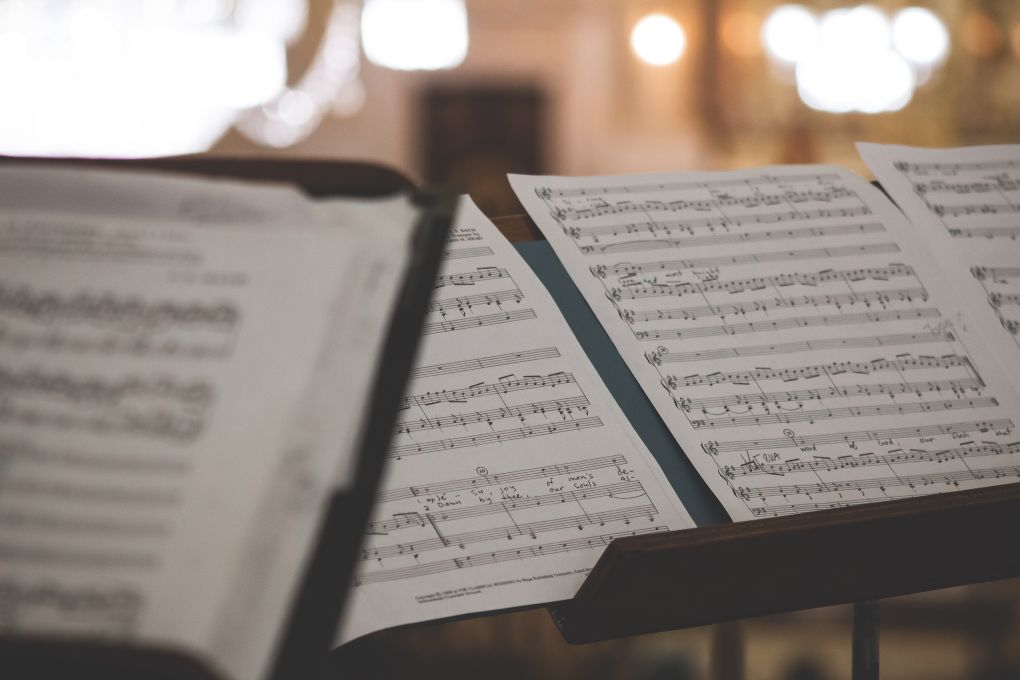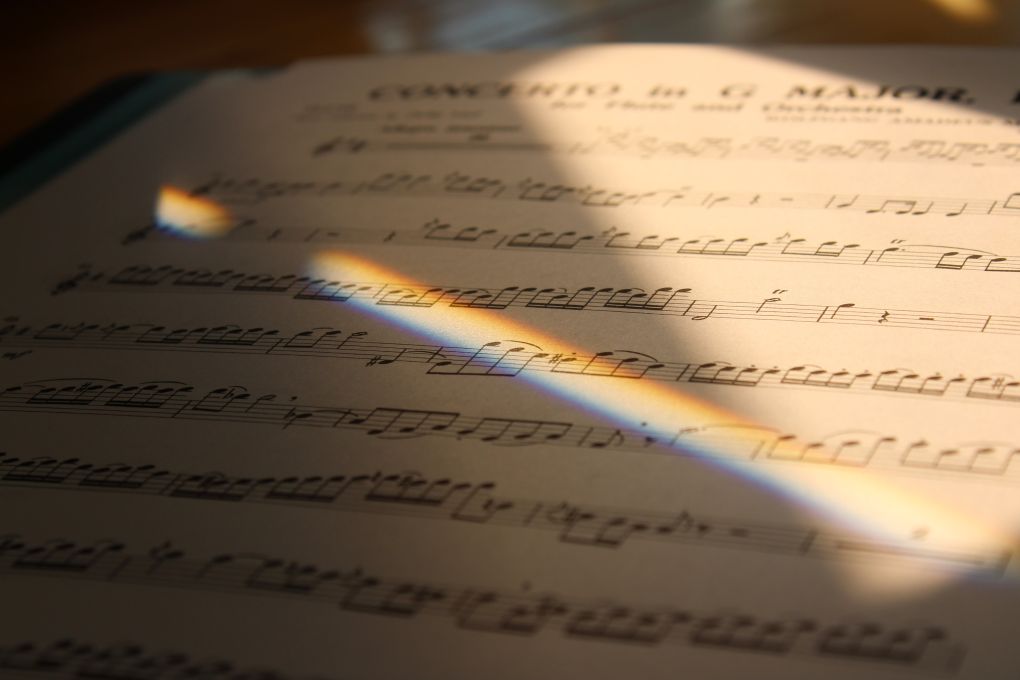As a musician, there are three main things that I want out of my studio time – songwriting, recording, and editing/mixing tracks. The only way that this happens is if the track in question has been written by me first. Let’s dive into how to learn to write music.
While some musicians may be able to write their own material on the spot (and we should all aspire to do so), most of us need something to play while writing our ideas down. For those times when inspiration strikes but nothing comes immediately ready-made, here are five ways you can make use of what you’ve already got…

1) Use Your Own Instruments As A Guide To Song Structure & Arrangement – How to learn to write music
If you’re lucky enough to have an extensive library of instrumentals at your disposal, then you’ll probably know them better than any others. This means they will serve as both a starting point and a guide to creating new tunes.
The trick is to take one or two instruments from each genre and see which elements repeat themselves across different styles. If you look closely, it’s not difficult to find melodic motifs such as arpeggios, bass lines, drum patterns etc., which often appear again and again. Once you start looking for these recurring themes, try devising variations off them using scales, chords, notes etc. In particular, try taking a scale like C Major and using it to construct an entirely new tune around it. You might end up coming up with something completely unique! Alternatively, think about replacing the standard chord progression with more complex ones…
2) Look At Other People’s Songs And Copy Their Elements
A lot of artists release albums full of cover versions. While some covers are done purely because they sound good (e.g. Frank Sinatra singing Tutti Frutti), many are also used as templates for original compositions. Take Van Halen covering Otis Redding; the riff was lifted straight from “Sides” (the B side of 1967 single Going To California). Similarly, Prince uses the same basic structure for his hit ‘I Would Die 4 U’ (off Sign O’ The Times album); the opening bars come directly from ‘Nothing Compares 2 U’. These examples show just how easy it is to rework existing material into something fresh. There are plenty of great cover artists worth checking out, including Stevie Wonder, Bob Dylan, David Bowie, Queen, Pink Floyd, Fleetwood Mac, De La Soul, Metallica, Elton John, Garth Brooks etc.
3) Get Inspired By Musical Influences From Different Genres – How to learn to write music
Music producers influence genres differently. Some go for hard hitting, aggressive sounds, others opt for warm, fuzzy vibes. It’s important to recognise this difference when listening to instrumental recordings, otherwise you could end up being overwhelmed by the sheer diversity of musical tastes available today. Try listening to something similar to get a feel for what’s involved.
4) Listen To Music That Inspires You
It goes without saying that the best place to begin finding music is online. Spotify is particularly useful for discovering new artists who inspire you to compose. However, even if you don’t listen to much electronic dance music, chances are you still hear it somewhere else. Many DJs remix popular records, making them interesting enough to listen to over and over again. Producers also sample beats and loops from existing hip hop and R&B samples, resulting in their own distinctive style. Meanwhile, rock bands frequently include sections of pop, jazz, funk, blues, folk, metal, classical music etc. within their songs. All of these sources offer countless opportunities for composing new melodies and rhythms.
5) Ask Friends What They Like About Instrumental Recordings
There are lots of websites where users upload comments about various pieces of music. One example is SoundCloud, a platform dedicated solely to sharing audio files. Another option is Bandcamp, which allows anyone to submit free downloads. When searching through these sites, check out recommendations made by friends and colleagues alike. Chances are someone will recommend either a producer or band whose work you enjoy. Or perhaps they’ll suggest another artist whose style you would benefit from studying further. Either way, getting feedback from real listeners can help you improve your craft.
With these insights under your belt, it’s now time to put them into practice. Start by downloading a few well known productions from reputable artists. Then, once you’ve familiarised yourself with the techniques discussed above, move onto sampling your favourite songs and trying to replicate their sounds. Keep experimenting until you develop your own personal taste in music, whether that be producing downtempo soulful grooves, funky house cuts, heavy metal guitar riffs, classic rock licks, or whatever tickles your fancy. Eventually, you too will become a master of composition. Good luck!

Leave a Reply